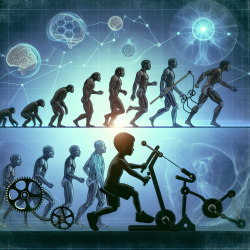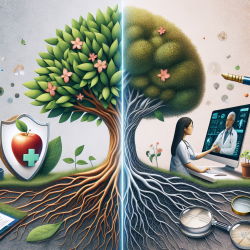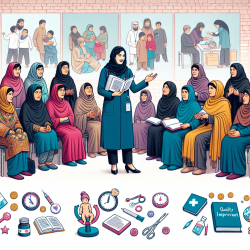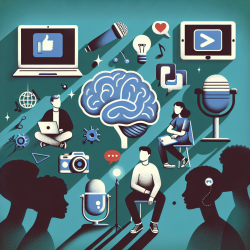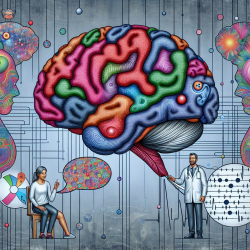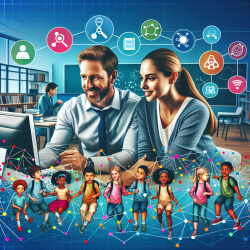Introduction
In the realm of speech-language pathology and pediatric rehabilitation, understanding the intricate coordination between limbs during human locomotion can significantly enhance therapeutic outcomes. The research article titled Neuromechanical interactions between the limbs during human locomotion: an evolutionary perspective with translation to rehabilitation provides a comprehensive overview of how evolutionary insights can be leveraged to improve gait rehabilitation, particularly in children who have experienced neurotrauma.
Understanding Neuromechanical Interactions
The study highlights that during bipedal locomotor activities, humans utilize elements of quadrupedal neuronal limb control. This evolutionary constraint suggests that the historical ancestry of these core control elements can inform rehabilitation strategies. By incorporating arm activity in addition to leg activity, practitioners can enhance gait retraining after neurotrauma where interlimb coordination is compromised.
Practical Applications for Practitioners
For practitioners working with children, integrating arm and leg coordination exercises into therapy sessions can be transformative. Here are some practical steps based on the research findings:
- Incorporate Arm Movements: Encourage children to engage in activities that require simultaneous arm and leg movements, such as crawling or climbing. These activities can help strengthen the neural pathways involved in interlimb coordination.
- Use Rhythmic Exercises: Implement rhythmic arm and leg cycling exercises. This approach has been shown to modulate reflex excitability, which is crucial for improving gait patterns.
- Focus on Bilateral Coordination: Activities that promote bilateral coordination, such as swimming or using a split-belt treadmill, can help improve the synchronization between the limbs.
Encouraging Further Research
While the current research provides valuable insights, there is still much to explore in the field of neuromechanical interactions. Practitioners are encouraged to delve deeper into how these evolutionary principles can be tailored to individual needs, especially in pediatric populations. Collaborative research efforts can further elucidate the mechanisms behind limb coordination and its impact on rehabilitation outcomes.
Conclusion
By understanding and applying the principles of neuromechanical interactions, practitioners can significantly enhance rehabilitation strategies for children. This approach not only leverages evolutionary insights but also paves the way for innovative therapeutic interventions that can improve the quality of life for children with neurotrauma.
To read the original research paper, please follow this link: Neuromechanical interactions between the limbs during human locomotion: an evolutionary perspective with translation to rehabilitation.
